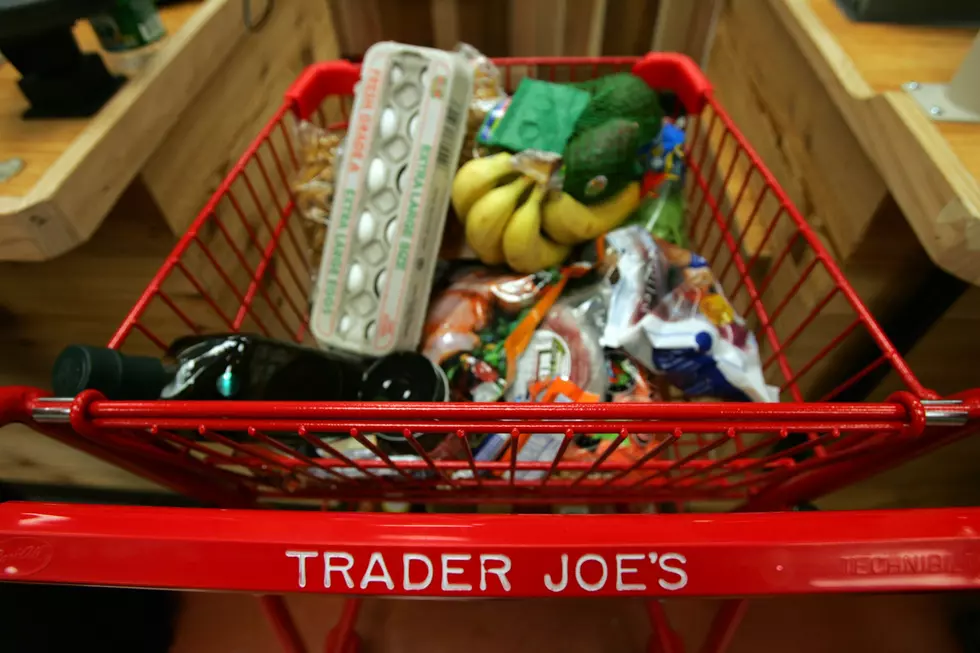![Pesticides Plagues Produce [LISTS]](http://townsquare.media/site/498/files/2014/04/justin-sullivan.jpg?w=980&q=75)
Pesticides Plagues Produce [LISTS]
A brand new year and a new attitude on a healthy eating. Are you with me? Over the next few months, join me as I try to get on track to a healthier lifestyle. I can hear my coworkers now, how much healthier can you get John?! The truth is, I got lazy, took a detour on my eating choices, slowed my workouts down to yard work and went on a carb eating binge. No more.
After my birthday celebrating tonight, it's back to working out, eating better and feeling good about myself and the year ahead. And I'm starting with my shopping list.
We all know how much organic food can cost. And is it really worth it? In some cases, yes and others, no. The way to go is to shop local and in Farmer's Markets when possible. But we all know the Binghamton area Farmer's Market is more than a few calendar flip pages away. There's a list of the dirty dozen that you should try to find organic unless you want to eat deadly pesticide residue, toxins and chemicals.
According to the Environmental Working Group (EWG), you can reduce your exposure by 80% if you switch to organic on some or most of these culprits. The report, published by Good Housekeeping, included some new additions to the dirty dozen.
Here is the list with the number of pesticides and chemicals detected on typical supermarket produce with high levels of pesticides:
Apples- 45 different pesticides detected, Strawberries-40, grapes-50, celery-60, peaches-60, sweet bell peppers-50, nectarines (imported)-33, cucumbers-86, cherry tomatoes, potatoes-30, lettuce-50. Also on the list for high pesticides are: hot peppers, kale, collard greens, zucchini and blueberries.
The following have low levels of pesticide residue: watermelons, tangerines, oranges, grapefruit, cabbage, asparagus, beets, broccoli, onions, sweet corn, pineapple, avocado, mango, papayas, eggplant, cantaloupe (domestic), kiwi, mushrooms.
Here's to healthy start to the new year.
More From 98.1 The Hawk









